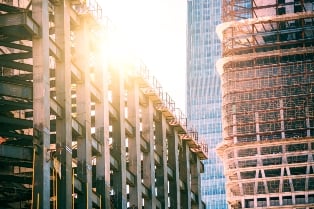

The Dunedin City Council has announced changes for some new buildings in the city to further protect them from the potential effects of an earthquake.
According to the council, the new approach puts more focus on site investigation and foundation strength in areas that may be susceptible to liquefaction or lateral spread (a landslide that mainly occurs on or around sloping ground). This means stronger foundations will be required on some properties. Dunedin City Council principal advisor of building solutions Neil McLeod said records have identified that areas such as Brighton, the Taieri Plain, South Dunedin and North East Valley, may be susceptible to liquefaction or lateral spread in an earthquake.
The new approach will apply to most new buildings on properties that have been identified as being at moderate or high risk of liquefaction or lateral spread following an earthquake. This will be in place starting November 01. The changes don’t apply to buildings such as simple sheds and barns that are seldom occupied.
“We believe it’s responsible to take practical steps to protect new homes and businesses from known risks,” McLeod said. “The aim is to keep people safe and protect their investment.
“We’re letting people know about this new approach now so they can seek advice and be prepared,” he added.
The changes mean there are three ways people can build on ground:
